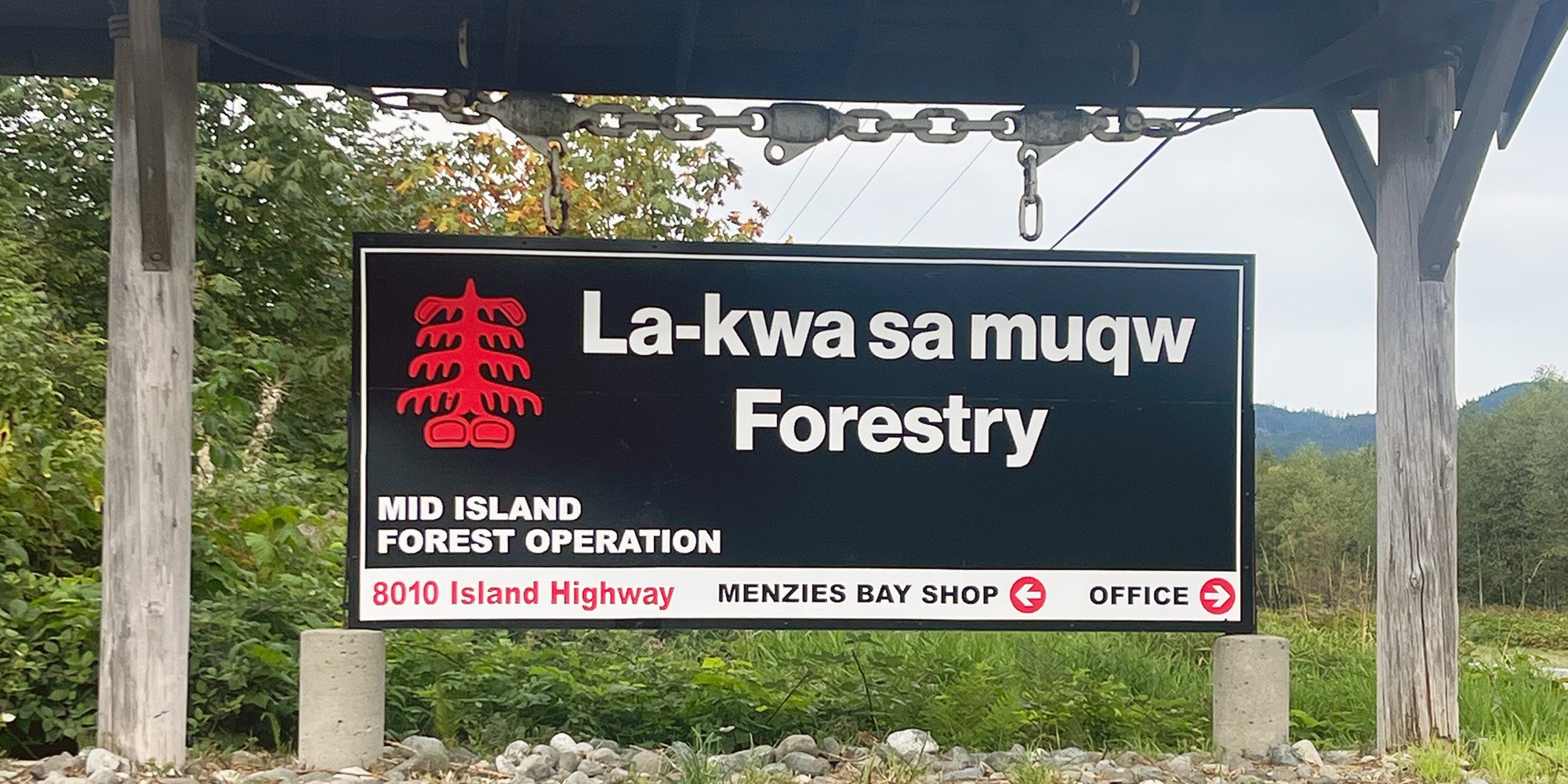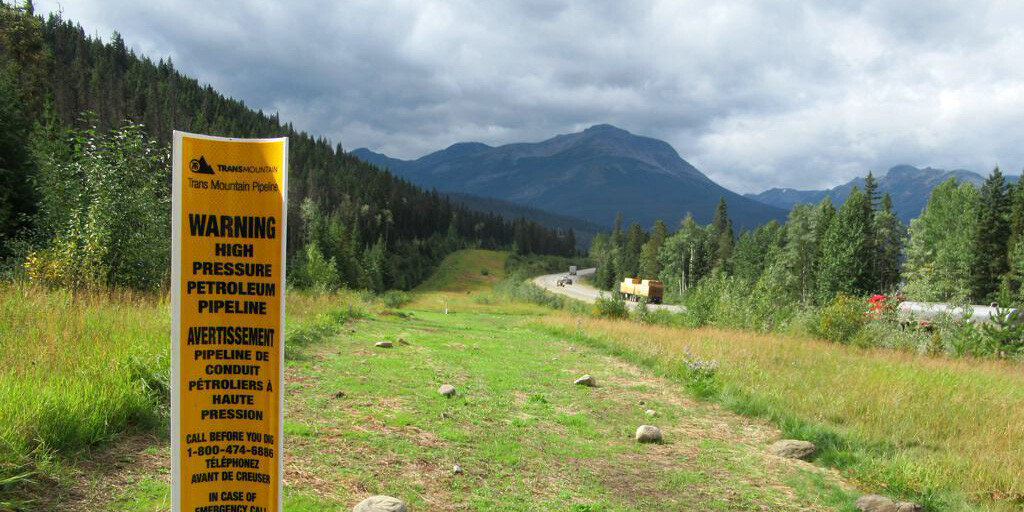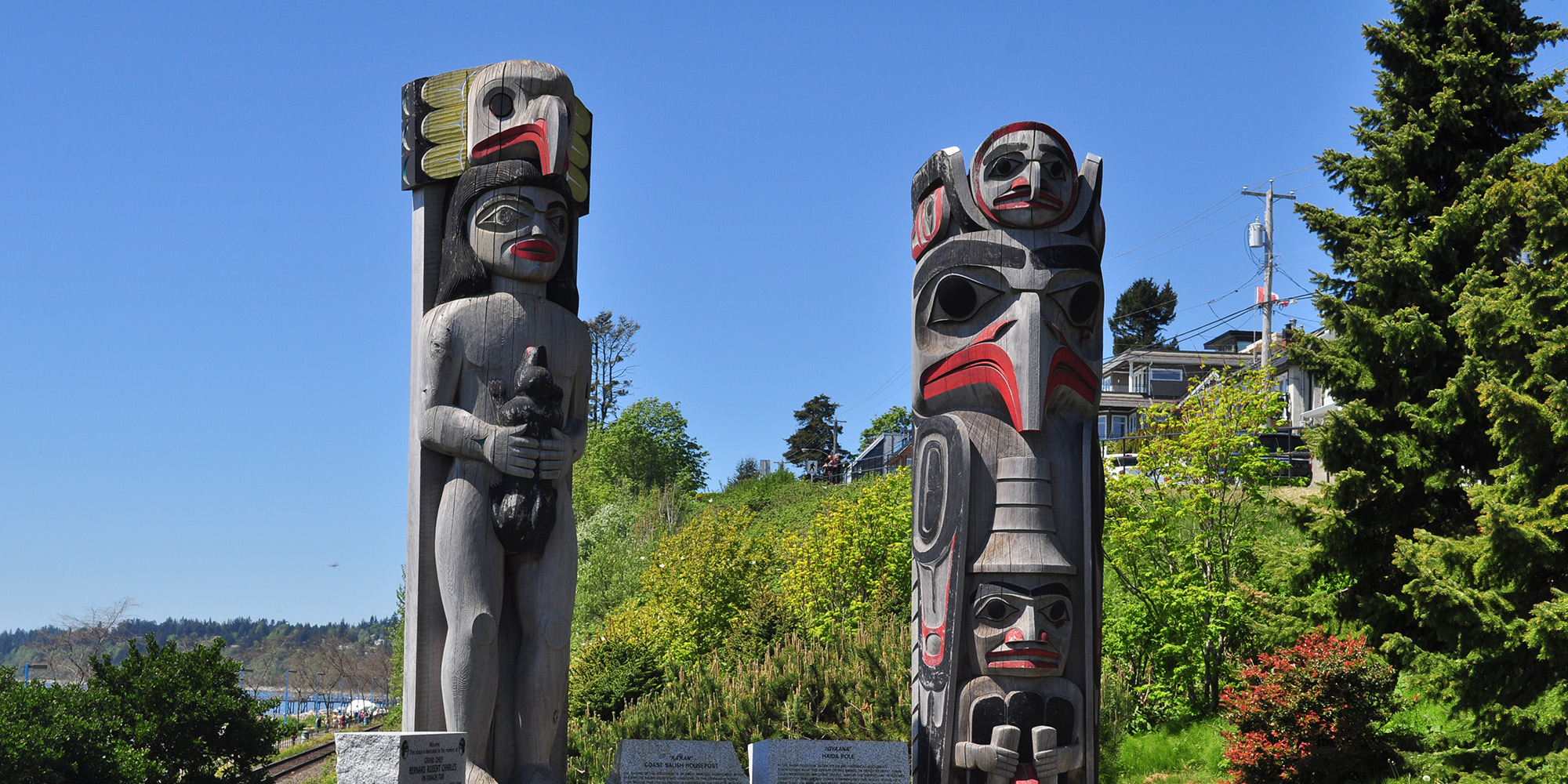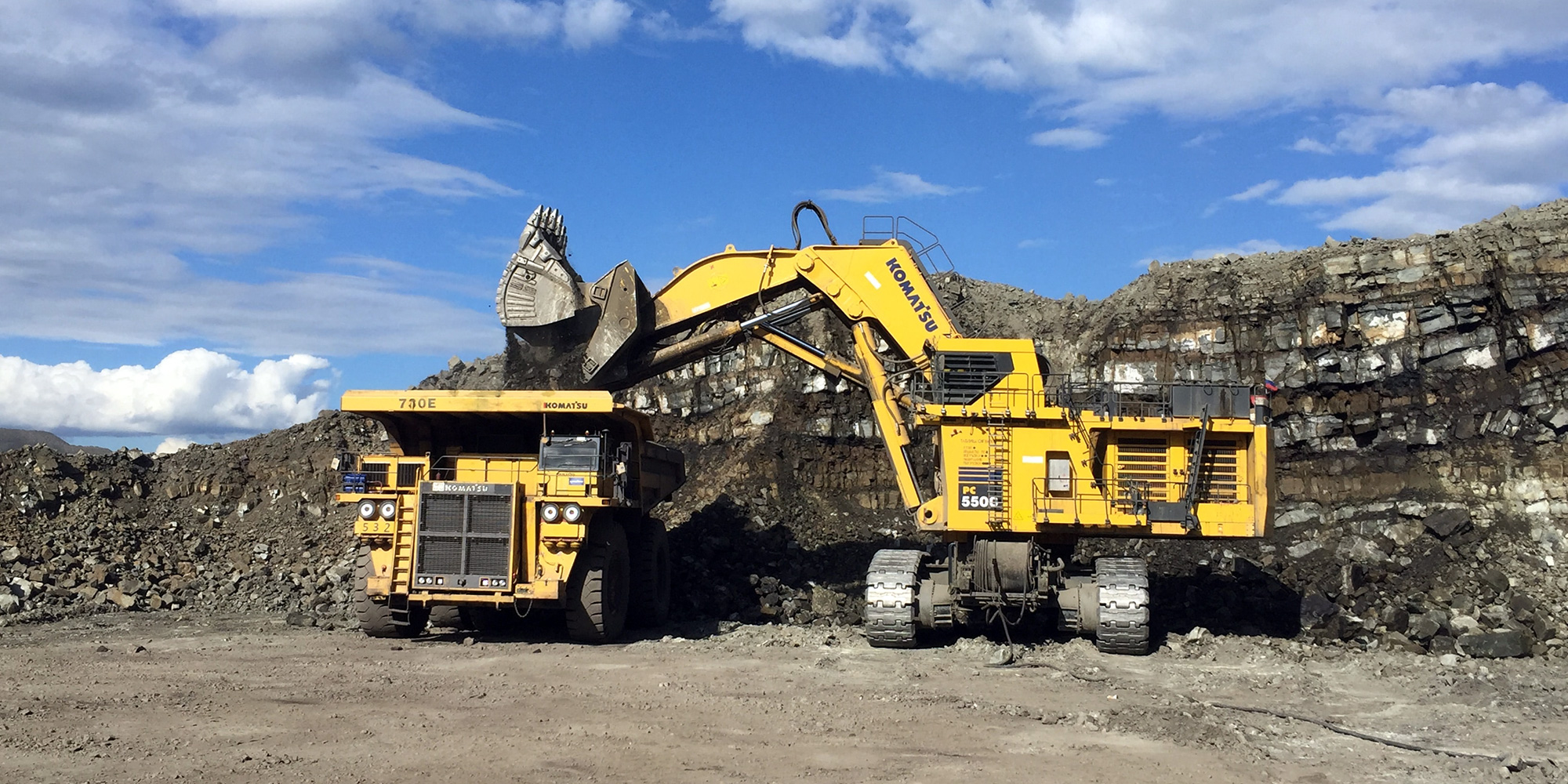Meaningful Consultation with Indigenous Peoples
The announcement on August 30, 2018, that the Federal Court of Appeal had quashed the Trans Mountain pipeline expansion due, in part, to faulty...

Ensuring economic certainty in a proposed project with an Indigenous community is a key component of mutually beneficial and effective Indigenous Relations.
Without meaningful engagement or adequate measures to fulfill a duty to consult, industrial and government projects, specifically those involving some of the natural resources found on traditional territories, can harm all entities involved.
Economic certainty occurs when there is confidence that an economic partnership with an Indigenous community will be long-lasting and predictable. It is the antidote to economic uncertainty, which is characterized by unstable conditions, one group having to take on greater risks than the other, or a lack of trust that an economic partnership will carry forward as planned.
A partnership with Indigenous rightsholders must contain economic certainty to avoid and counteract the dangerous and precarious conditions that Indigenous peoples have had to live with for centuries because of colonialism. Economic certainty helps nations and communities break free from the Indian Act so they can generate their own wealth, produce their own revenues, and develop their own resources.
Providing genuine economic certainty is a powerful tool to restore and perpetuate effective Indigenous Relations.
Economic certainty within an Indigenous nation is realized by developing long-term, mutually beneficial relationships with a clear, mutual understanding of the project outcomes that will ultimately benefit all parties involved when they peacefully and respectfully come to fruition.
Institutions, businesses, organizations, and governments seeking to partner with an Indigenous nation or community without meaningful engagement or fulfilling the duty to consult may make decisions that lead to economic uncertainty. This uncertainty may put a project at risk of being delayed, resulting in large financial losses. Other adverse outcomes could include blockades, negative media campaigns, the project ending before it begins, or seriously harming the community.
It’s important to know that the duty to consult applies to projects that occur within the public sector, such as those involving lands and resources; therefore, the duty to consult only legally applies to projects where the provincial or federal government is involved. For private sector projects, engagement is a critical component of collaboration. To learn more about the difference between consultation and engagement, Indigenous Corporate Training Inc. offers a specific set of courses on these topics.
The duty to consult for government projects on traditional Indigenous lands is affirmed by Section 35 of the Constitution Act, 1982. For private sector institutions, businesses, and other organizations, meaningful engagement is imperative to ensure projects are mutually beneficial and ensure economic certainty for the Indigenous nation or community.
As a principle, both consultation and engagement with Indigenous communities must be early, often, and ongoing. When this is overlooked, everyone is at a disadvantage, including the Indigenous community and the industry seeking to collaborate for access to natural resources on traditional lands.
One of the most common themes in the aforementioned project delays and some long-standing legal cases within the public sector is the failure to meaningfully consult Indigenous peoples regarding the natural resources and economic opportunities within traditional lands.
Here are some examples of legal cases within the public sector where the duty to consult wasn’t honoured, as well as a decades-long blockade where the threat to economic certainty was a critical factor:
The landmark Delgamuukw v. British Columbia case took over a decade to resolve when the British Columbia provincial government failed to adequately consult when granting forestry and logging licenses within the Gitxsan and Wet’suwet’en lands.
The case remained at a standstill due to the judge’s refusal to accept oral histories of claims to the land or the importance of the region’s forest resources for economic certainty for these Indigenous communities.
In 1997, the Supreme Court of Canada ultimately ruled that the province had neglected its duty to consult regarding decisions regarding land use and the development of natural resources. This was also a landmark case because it confirmed the viability of oral histories as admissible evidence and set a precedent for determining Indigenous land titles.
A ruling was made in 2014 in the Tsilhqot’in Nation v. British Columbia case in which the province had issued timber harvesting licenses on Tsilhqot’in traditional lands without their consultation and consent.
This case was important because the Tsilhqot’in Nation had never entered into a treaty with the province or Canada, and their territory remained unceded as traditional lands. Although the case began in 1998, it wasn’t until 2014 that the Supreme Court granted the nation formal title over its traditional lands and natural resources.
The case also reaffirmed that the Crown must meaningfully consult and accommodate Indigenous nations before engaging in resource development projects to ensure that provincial economic activities do not infringe on established land rights. It also set a clear legal framework for determining land titles in a way that does not threaten a nation's economic certainty.
The Grassy Narrows Blockade in northwestern Ontario began in 2002 as a protest by the Asubpeeschoseewagong Netum Anishinabek (Grassy Narrows First Nation) against industrial logging on the nation's traditional territories within the area covered by Treaty 3.
The blockade protested clear-cutting, which threatened environmental sustainability and economic certainty while contributing to mercury contamination in the waterways of the traditional territory. The blockade significantly disrupted the interests of the logging industry in this portion of the province.
The provincial government of Ontario announced a 10-year logging ban in 2023, yet nation leaders still steadfastly protect their traditional lands through the blockade, now protesting claims to mining within the territory, which never received consent from the Grassy Narrows First Nation.[1]
Learning about meaningful consultation and effective, mutually beneficial partnerships is a critical step before a project involving Indigenous lands is conceptualized.
Indigenous Corporate Training Inc. offers many courses and programs that guide non-Indigenous people on how to work with and meaningfully engage and consult Indigenous communities, including:
These courses help those who are working with Indigenous communities recognize opportunities to ensure economic security with those who collaborate, which may include, but are not limited to, offering employment opportunities, revenue sharing, and committing to Indigenous Procurement (IP) by purchasing project supplies, products, and services from Indigenous businesses. Indigenous Corporate Training Inc. offers a course that focuses on the subject of Indigenous Procurement (IP) as well.
These courses are designed to foster effective and respectful Indigenous Relations in Indigenous peoples' interests and help potential collaborators or partners create effective, mutually beneficial partnerships that result in economic certainty and trust for their Indigenous collaborators.
[1] CBC News. (2022, December 2). Grassy Narrows blockade marks 20 years of Indigenous resistance. CBC News.
Featured photo: Doug Young

The announcement on August 30, 2018, that the Federal Court of Appeal had quashed the Trans Mountain pipeline expansion due, in part, to faulty...

Recent events in Canada have shown that resource development projects can face extensive resistance from the affected Indigenous communities if...

Bob Joseph is the founder and president of Indigenous Corporate Training Inc., which helps individuals and organizations work more effectively with...